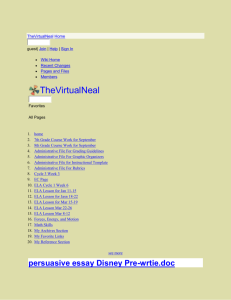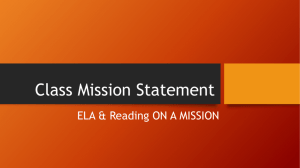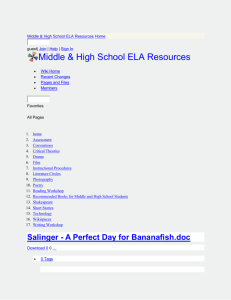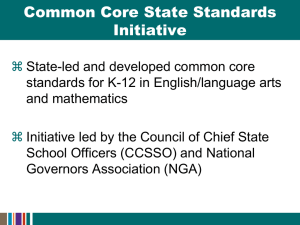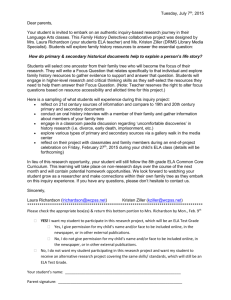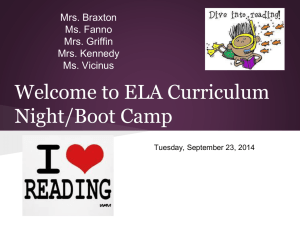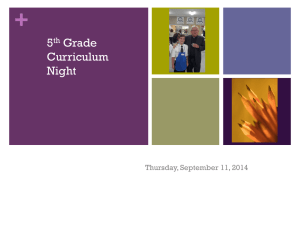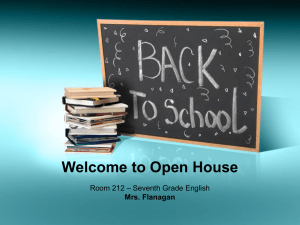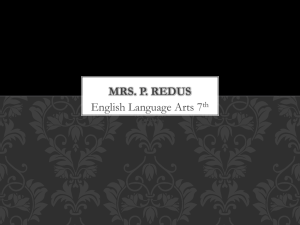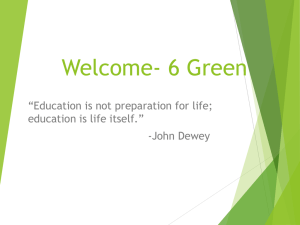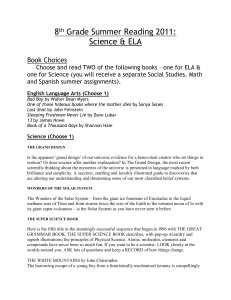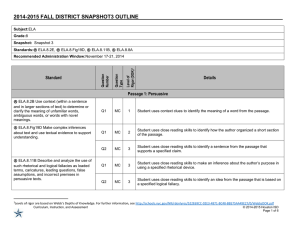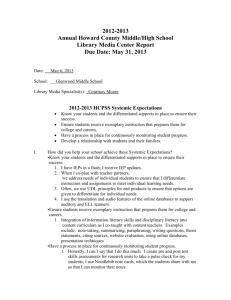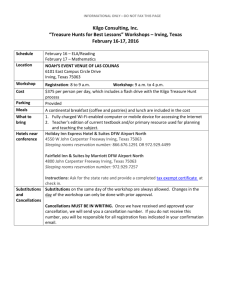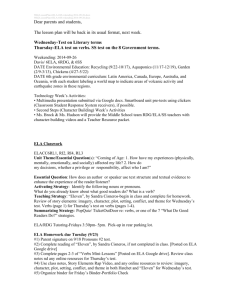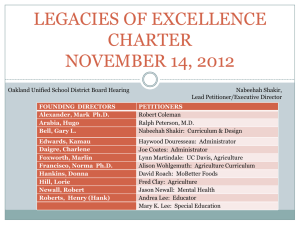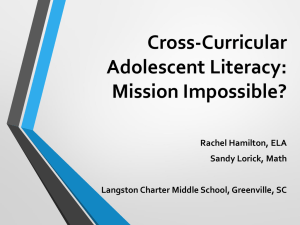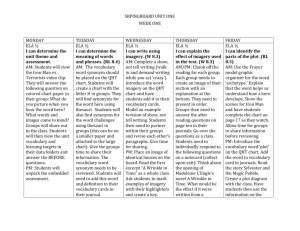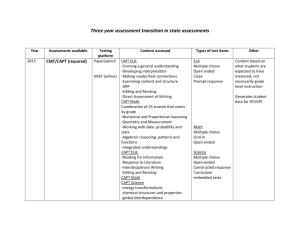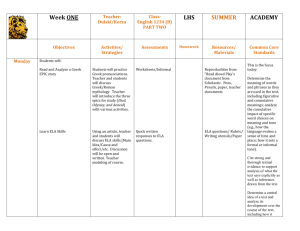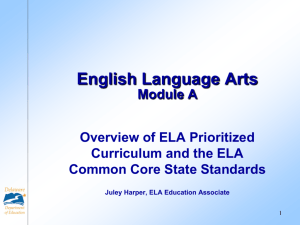Introduction—ELA - Ionia County Intermediate School District
advertisement
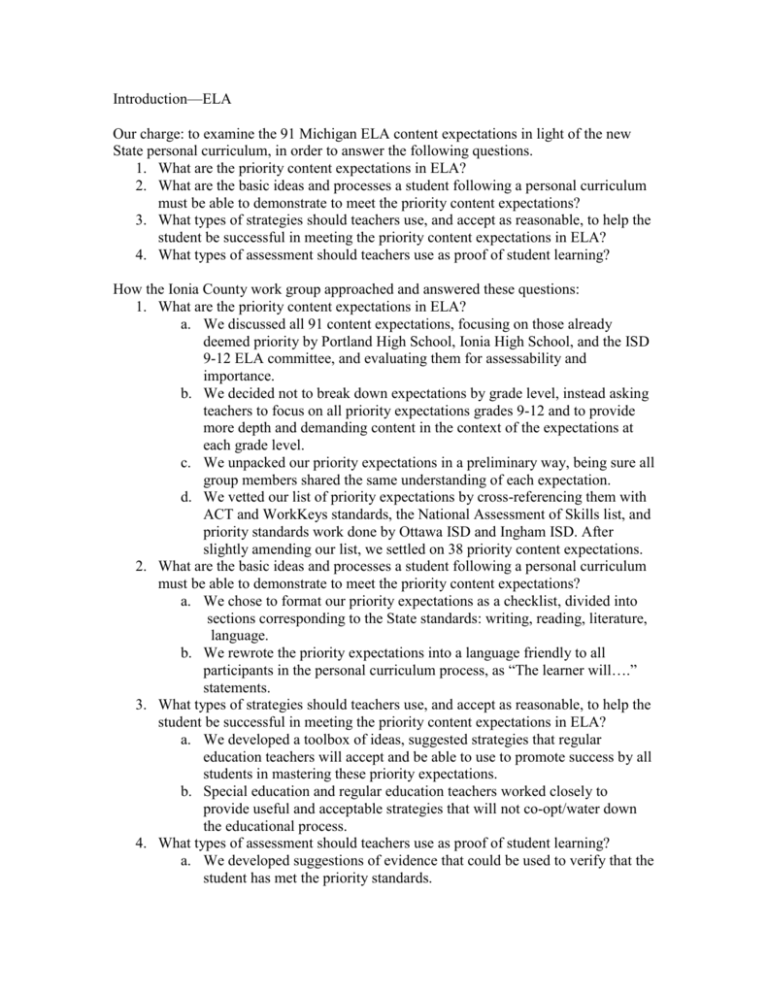
Introduction—ELA Our charge: to examine the 91 Michigan ELA content expectations in light of the new State personal curriculum, in order to answer the following questions. 1. What are the priority content expectations in ELA? 2. What are the basic ideas and processes a student following a personal curriculum must be able to demonstrate to meet the priority content expectations? 3. What types of strategies should teachers use, and accept as reasonable, to help the student be successful in meeting the priority content expectations in ELA? 4. What types of assessment should teachers use as proof of student learning? How the Ionia County work group approached and answered these questions: 1. What are the priority content expectations in ELA? a. We discussed all 91 content expectations, focusing on those already deemed priority by Portland High School, Ionia High School, and the ISD 9-12 ELA committee, and evaluating them for assessability and importance. b. We decided not to break down expectations by grade level, instead asking teachers to focus on all priority expectations grades 9-12 and to provide more depth and demanding content in the context of the expectations at each grade level. c. We unpacked our priority expectations in a preliminary way, being sure all group members shared the same understanding of each expectation. d. We vetted our list of priority expectations by cross-referencing them with ACT and WorkKeys standards, the National Assessment of Skills list, and priority standards work done by Ottawa ISD and Ingham ISD. After slightly amending our list, we settled on 38 priority content expectations. 2. What are the basic ideas and processes a student following a personal curriculum must be able to demonstrate to meet the priority content expectations? a. We chose to format our priority expectations as a checklist, divided into sections corresponding to the State standards: writing, reading, literature, language. b. We rewrote the priority expectations into a language friendly to all participants in the personal curriculum process, as “The learner will….” statements. 3. What types of strategies should teachers use, and accept as reasonable, to help the student be successful in meeting the priority content expectations in ELA? a. We developed a toolbox of ideas, suggested strategies that regular education teachers will accept and be able to use to promote success by all students in mastering these priority expectations. b. Special education and regular education teachers worked closely to provide useful and acceptable strategies that will not co-opt/water down the educational process. 4. What types of assessment should teachers use as proof of student learning? a. We developed suggestions of evidence that could be used to verify that the student has met the priority standards.

